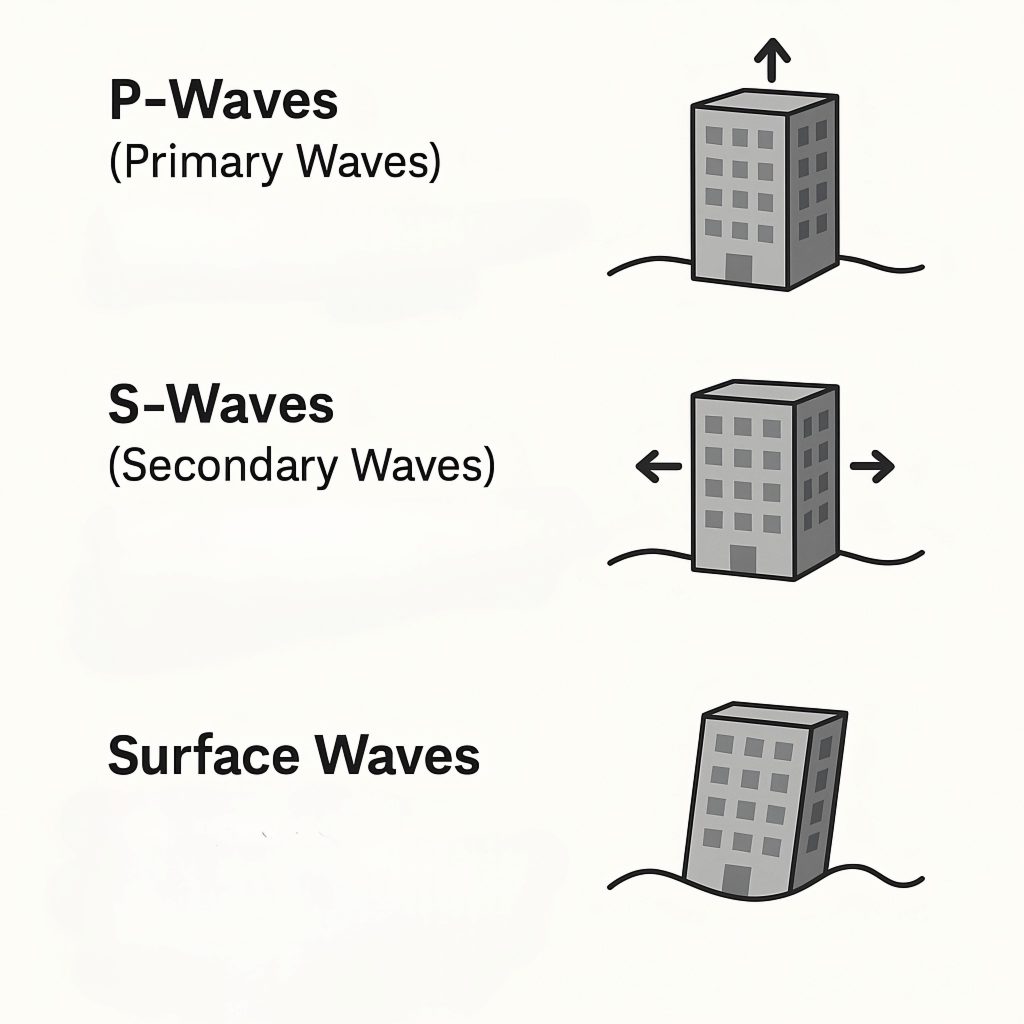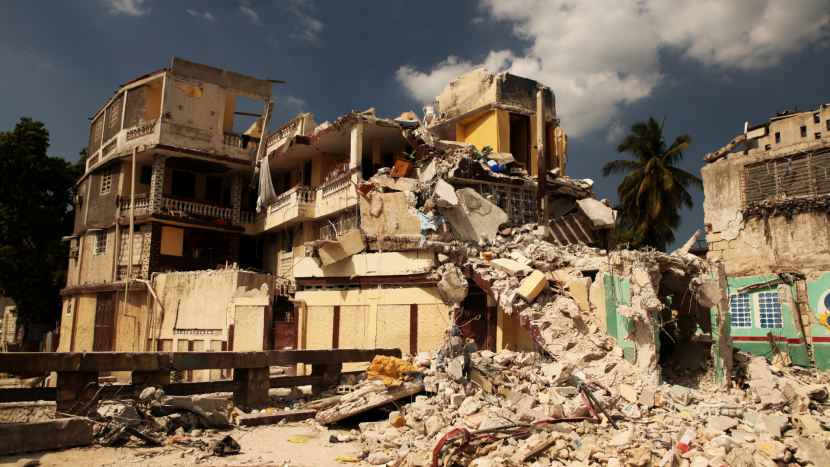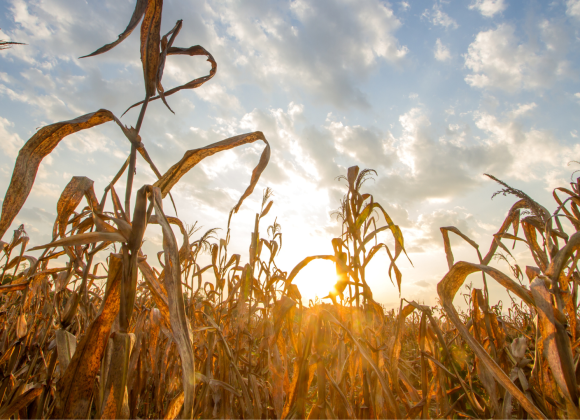Every year, earthquakes cause massive destruction, leading to thousands of deaths and economic losses worth billions. The 2011 Tohoku earthquake in Japan triggered a deadly tsunami, while the 2015 Nepal earthquake reduced entire cities to rubble. These disasters highlight a crucial reality: designing earthquake-resistant buildings is not optional—it’s a necessity for ensuring public safety and infrastructure resilience.
Over the past century, some of the deadliest earthquakes have shown just how vulnerable buildings can be. Countries like Japan, the U.S., Mexico, and Turkey have experienced massive destruction, proving that strong, earthquake-resistant buildings can literally save lives.
Stay informed about seismic activity worldwide with real-time earthquake data from the USGS Earthquake Map.
Why Seismic Safety Can’t Be Ignored
With rapid urbanization, more high-rises are being built in earthquake-prone areas, increasing the risk of collapse and endangering millions. Climate change, specifically melting glaciers and changing tectonic stress, may affect earthquake activity, according to some studies, although this is controversial. The financial cost of large quakes cannot be denied—Japan’s 1995 Kobe earthquake left more than $100 billion (₹8.3 lakh crore) worth of damage, demonstrating how lack of preparedness can result in catastrophic financial loss. Seismic safety must be the priority to save lives and economies.
Understanding Earthquake Forces
The Science Behind the Shaking

Earthquakes generate three primary types of seismic waves, each with its own destructive power:
- P-Waves (Primary Waves) → The fastest waves, causing vertical movement.
- S-Waves (Secondary Waves) → Slower but more destructive, moving structures side to side.
- Surface Waves → The deadliest, rolling buildings violently and causing the most damage.
How Buildings Fail (And How to Prevent It)
| Failure Type | Cause | Solution |
| Pancake Collapse | Weak floors | Reinforced diaphragms & load distribution |
| Soft-Story Failure | Weak ground floors | Shear walls & bracing |
| Torsional Failure | Irregular building shapes | Symmetrical designs for balance |
Principles of Earthquake-Resistant Design
Modern earthquake engineering follows key principles to enhance a building’s resilience.
- Earthquake-Resistant Design Principles: Current earthquake engineering adopts certain principles to make a building more resilient.
- Ductile and Flexible Materials: Rigid materials will crack when subjected to stress, whereas ductile materials such as steel and reinforced concrete will deform and resist collapse.
- Base Isolation Systems: Picture a building “floating” on its foundation. Base isolators dampen shock waves, minimizing ground movement effects on the building.
- Reinforced Foundations: Sound foundations hold a building in place. Deep pile foundations and reinforced concrete slabs resist earthquakes.
- Shear Walls and Bracing Systems: Structural walls with embedded steel reinforcements and diagonal bracing resist lateral forces, preventing a building from swaying too much.
- Structural Symmetry and Redundancy: Symmetrical-structure buildings have even force distribution, minimizing stress points. Redundant load paths ensure support backup in case one structural element fails.
The Role of Modern Technology and Engineering Techniques
Modern engineering employs AI-driven models to simulate 1,000+ earthquake scenarios for every new building.
Breakthrough Technologies in Seismic Engineering:
- Machine learning predicts weak points 10x faster than traditional methods.
- 3D-printed structures optimize seismic resistance through advanced designs.
- IoT sensor networks provide real-time monitoring of building stress levels.
Case Study: The Salesforce Tower in San Francisco is equipped with 500+ sensors that send alerts if stress levels exceed safe limits.
The Future: 5 Mind-Blowing Innovations Coming by 2030
1️⃣ Self-Healing Concrete → Bacteria-infused cement that “glues” cracks together.
2️⃣ Magnetic Levitation Bases → Floating buildings that eliminate earthquake forces!
3️⃣ Graphene-Infused Structures → 200x stronger than steel, ultra-lightweight.
4️⃣ Quantum Sensors → Detect micro-fractures before they grow into catastrophic failures.
5️⃣ Biomimetic Designs → Buildings that flex like trees in high winds.
Expert Prediction: By 2040, AI-designed buildings may survive quakes 10x stronger than today’s limits.” — Dr. Lucy Jones, USGS
Iconic Earthquake-Resistant Structures Around the World
Some of the world’s most advanced buildings showcase brilliant earthquake-resistant designs:
- Burj Khalifa (UAE)—Reinforced concrete core with a Y-shaped design for superior stability.
- Taipei 101 (Taiwan)—Features a 660-ton tuned mass damper that counteracts strong vibrations.
- Sapporo Dome (Japan)—Engineered with high-tech seismic isolation systems to minimize earthquake damage.
Final Thoughts: Building the Earthquake-Proof Cities of Tomorrow
The battle against earthquakes blends ancient wisdom (like Japan’s pagoda-inspired skyscrapers) with space-age innovations (AI, quantum sensors, and self-healing materials). As megacities expand into seismic zones, engineers face an ultimate challenge: designing buildings that not only survive quakes but emerge unscathed.




